Hairless Cats: Everything You Need To Know
Hairless cats are part of a group of fairly recent breeds that stormed the world with their unusual looks. They might seem funny to some (and straight up ugly to others), but their lovely and caring nature eclipses all negative prejudices in no time! 😻 Playful and more attached to humans than regular furry cats, they make great companions and fill our lives with tenderness and laughs. However, there’s darkness in their dark… Get ready to know these bald friends!
- Hairless cats, like the Sphynx and Donskoy, are known for their loving nature and high maintenance needs.
- They originated from spontaneous mutations, with the Sphynx first appearing in Toronto in 1966.
- Despite being considered less allergenic, hairless cats still produce the allergenic protein Fel d 1.
Where did hairless cats come from?
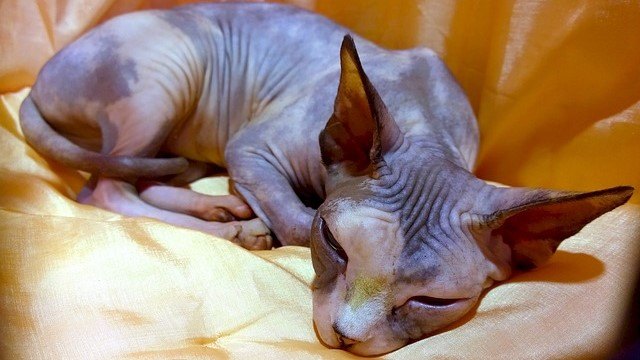
There have been reports of hairless cats throughout history, with stories dating as far back as the Aztec period. Nevertheless, they were mainly considered an abnormality. Many were shunned from society and even tortured due to their bald nature. 🤢
Although people tend to think of hairless cats as one single breed, they are actually separated in two main groups: the Sphynx and the Donskoy. Both breeds share innumerous features, which makes it hard to distinguish them at first sight. However, their stories are different and separated by thousands of miles!
To understand where hairless cats come from is to know their stories. Let’s begin!
Sphynx cat
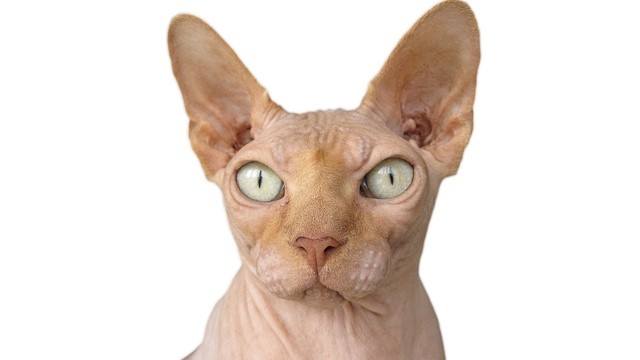
The Sphynx cat is the result of a spontaneous mutation and the consequence of a recessive gene. When two normal furry cats (carring this gene) mate, chances are 1 in 4 kittens will be born hairless.
That’s basically what happened in Toronto in 1966, and in Minnesota in 1975. The former is considered to be the birthplace of hairless cats, while the latter marks the beginning of breed crossing. An Oregon breeder experimenting with lineage crossings between the Canadian cats and their American counterparts was the first to start the breeding fever.
Breeders across the world have paired different haired and hairless cats, selecting only the stronger specimens (both mentally and physically). Despite their fame, the Sphynx was actually only officially accepted as a breed in 2002. 😮
Donskoy cat
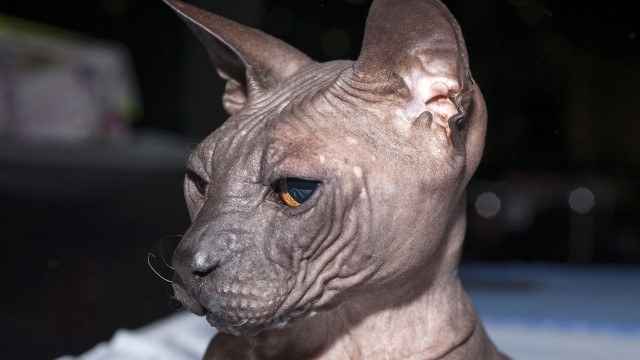
The Donskoy cat might look like a Sphynx doppelganger, but they are a completely different breed from Russia!
These cats were first discovered in 1987, when Elena Kovaleva saved a kitten being tortured in the streets. This feline, named Varvara, later lost all her hair… Thinking it was due to a disease, Elena tried several treatments to no avail. 🤔
The story took a turn when professional breeder Irina Nemikina came into action, adopting one of Varvara’s hairless kittens. Irina then started a breeding program, eventually discovering that the hairless feature was the result of a single and particular dominant gene – not a disease.
One thing that sets apart the Donskoy cat from the Sphynx is the former’s ability to grow small hairs in winter, shedding it on warmer days. Some specimens might also have tiny hairs, that can either be permanent or shed naturally with age.
Hairless health

Hairless cats are generally very healthy and are not prone to any particular ailment. Their average life expectancy is about 15 years!
There is only one thing you may need to pay attention to: their skin. Since it is bare and unprotected, they can easily get sunburnt. Likewise, they’re also vulnerable to temperature changes and can easily get overheated or cold. 🌡️
Hairless cats can still visit the outside world… But they are definitely the indoor type!
High maintenance
This may sound strange at first, but hairless cats are high maintenance! ✨
For starters, they need a bath once a week to clean their skin oil. Otherwise, a greasy film can form on their skin, making them icky and sticky.
Hairless cats also have hairless ears, meaning there is no barrier to prevent the accumulation of dust and dirt in these cavities. Owners must make sure to clean their ears thoroughly a couple of times a week, using cotton swabs and ear cleaner.
Are they hypoallergenic?
Contrary to popular opinion, they are not hypoallergenic… Because, well, there are no hypoallergenic cats!
All cats produce Fel d 1, and hairless cats are no exception. This protein is present in cats’ saliva and skin, and is responsible for most allergic symptoms.
Nevertheless, their lack of fur also means less pollen and dust gets attached to them. This explains why less people have allergies with hairless cats. 🐱
The hybrids

During the experiments crossing the lineage of hairless cats with furry cats, many hybrids were born. Although most disappeared after one or two generations, some are still going strong… And ready to take over our hearts!
Elf Cat
A hybrid between the American Curl and the Sphynx. This lovely cat gets his name due to his curly and pointy ears that resemble elves.
Bambino
A cross between a Sphynx and a Munchkin cat. Their cutest and most remarkable feature is their stumpy short legs. They also look and behave almost like little monkeys!
Peterbald
The Peterbald is a hybrid between a Donskoy and an Oriental Shorthair. These hairless cats have a very distinctive body type with a long and narrow head, long thin tail and webbed feet.
Conclusion
They may look snobbish and strange, at first… But all they want is love, attention and a lot of petting to keep them warm and cherished! So, have you fallen in love with these lovely hairless cats? 🐈
Maven is all about proactive pet care. Be your best friend’s best friend by giving them 24/7, high-quality, industry-leading vet care to improve their mental health, physical health and more. No more frantic googling or unneeded stressful visits to the vet – Maven helps you save hundreds while also ensuring your pet lives the best life possible. Get your kit now!

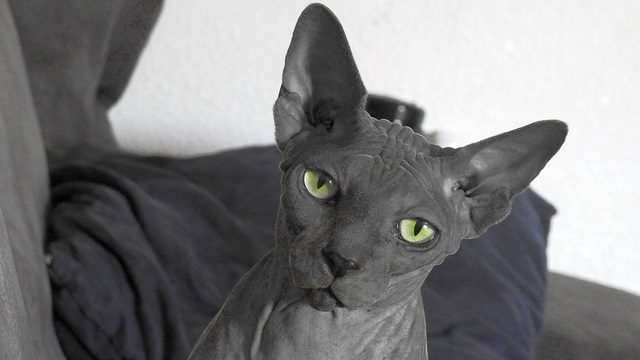
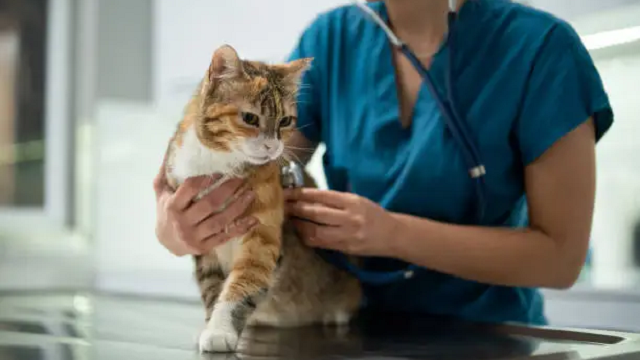

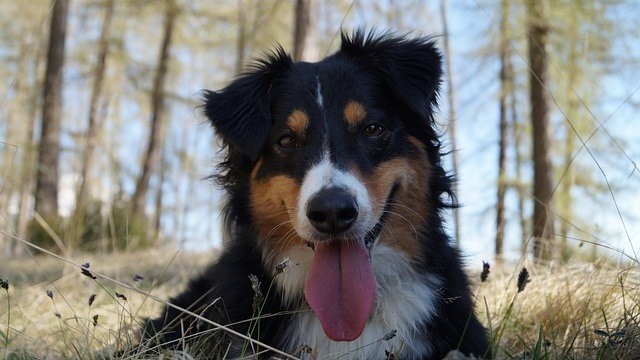
Some really interesting stuff I never knew about!